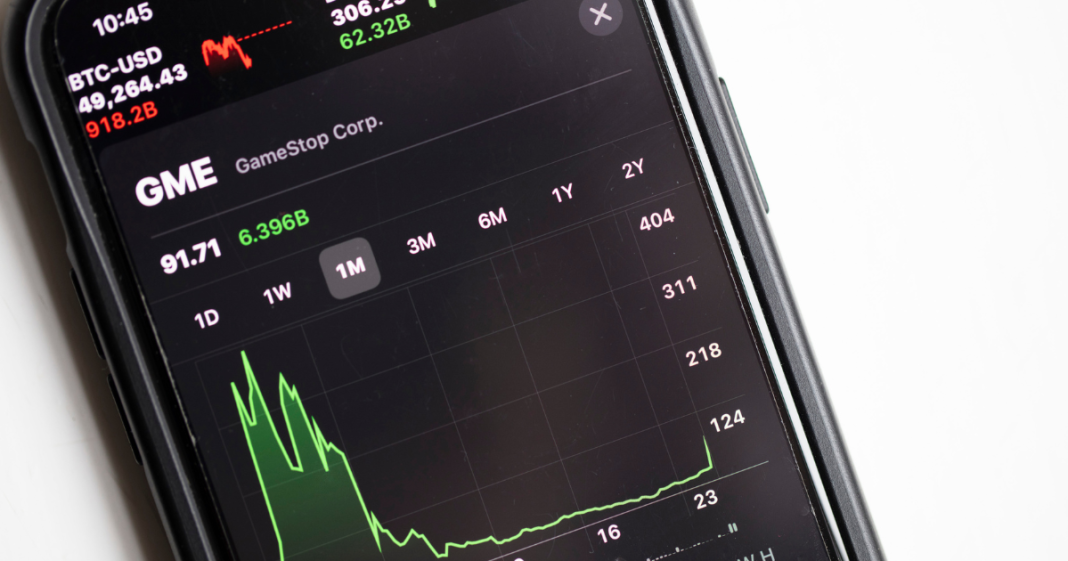CrowdStrike Holdings, Inc. (CRWD) experienced a steep decline in its stock price last Friday following a software update that triggered widespread technical outages. This mishap couldn’t have come at a worse time for the company, as it is about to close its fiscal quarter at the end of this month, a period when software companies typically finalize major deals. With its shares having surged nearly 34% this year before the drop, CrowdStrike faces intense pressure as it approaches its July-quarter results.
For investors, mere expectation-matching results won’t suffice; they will be looking for a strong performance that exceeds expectations and prompts an upward revision in forecasts.
On July 19, a faulty security update from CrowdStrike caused a global tech outage, affecting millions of Windows devices. Social media was abuzz with images of the infamous “blue screen of death,” indicating system crashes. CrowdStrike clarified that the issue wasn’t a security breach or cyberattack but a flaw in the update affecting Microsoft Windows systems.
Despite a quick fix, the damage was done, with the stock plummeting over 20% since the incident. Microsoft Corporation (MSFT) reported that about 8.5 million devices were affected, representing less than 1% of all Windows devices. However, the outage had significant repercussions, particularly in sectors that provided essential services like hospitals, banks, and airports. This sharp decline in CRWD’s stock suggests investors are concerned about the long-term impact on CrowdStrike’s position in the fiercely competitive cybersecurity market, where even minor missteps can be costly.
There’s also concern about the potential financial fallout from the incident, including compensation for affected clients. While CRWD suffered, shares of its competitor Palo Alto Networks Inc. (PANW) rose by 2.8%. It’s a central black eye for CrowdStrike, which is now a household name for the wrong reasons.
“This situation could have serious implications for CrowdStrike’s business, particularly as it seeks to expand adoption among large enterprises to drive the next phase of growth,” said Redburn analyst Nina Marques. “Furthermore, it could have impact on market-share shifts as customers seek alternative security solutions,” she added.
CrowdStrike Gets a Downgrade
Analysts are concerned that the disruptions caused by CrowdStrike’s software update will delay new deals. Guggenheim’s John DiFucci downgraded the stock from Buy to Neutral and stated that the global chaos caused by CrowdStrike, even if temporary, will likely negatively affect its business. He believes rebuilding its reputation might take time and could affect new business signings in the short term.
Similarly, BTIG’s Gray Powell downgraded the stock to Neutral, stating that “the outage may have an impact on new customer wins and create deal delays.” He added that while the issue wasn’t a security breach, the disruption violated a key principle for security vendors and might lead to demands for larger discounts or credits from existing customers.
What to Expect From CrowdStrike’s Next Earnings Report?
With the recent software mishap causing quite a stir, investors and analysts will closely monitor CrowdStrike’s following earnings report for signs of recovery. Last month, the company released its first quarter results for fiscal year 2025, which ended April 30, 2024, beating the analyst estimates for revenue and EPS.
The company reported a revenue of $921 million, a 33% year-over-year increase, against a guidance of $906 million. For the first quarter, CRWD’s earnings per share was $0.93, well above the consensus estimate of $0.89, and its revenue was higher than the analysts’ estimates by $16.21 million.
For the second quarter, the company forecasts revenue between $958.30 million and $961.20 million, with an EPS estimated at $0.98 to $0.99. Additionally, its non-GAAP income from operations is anticipated to be between $208.3 million and $210.5 million.
Meanwhile, Street expects CRWD’s EPS for the second quarter (ending July 2024) to increase 33.3% year-over-year to $0.99. Its revenue for the ongoing quarter is expected to reach $961.08 million, reflecting a 31.4% growth year-over-year. Moreover, the company surpassed consensus EPS estimates in each of the trailing four quarters, which is excellent.
For the fiscal year 2024, the company’s revenue and EPS are expected to grow 30.9% and 29.7% from the prior year to $4 billion and $4.01, respectively.
Bottom Line
Investors reacted strongly to the recent software mishap, causing CRWD’s stock to drop more than 11% on Friday. However, this reaction might be exaggerated. The incident, while disruptive, wasn’t a breach of CrowdStrike’s security and seems to be a one-off issue rather than a sign of ongoing vulnerabilities. As the company’s CEO, George Kurtz, pointed out, the problem stemmed from a botched update, causing significant but manageable disruptions. While resolving the issue could take several days, it’s unlikely to escalate further.
Analysts’ concerns are valid, but the company’s strong revenue growth and expanding opportunities “across Mexico, Brazil, and the broader Latin America market,” where CrowdStrike recently partnered to spread its Falcon platform, offer compelling reasons for optimism. The rise in e-crime in Latin America presents a significant revenue opportunity for CrowdStrike. Plus, S&P 500 inclusion means that plenty of index-fund holders will indirectly invest in CRWD.
The stock’s high forward non-GAAP P/E ratio of 65.84x, compared to the industry average of 24.89x, might deter some investors, but short-selling CrowdStrike could be risky. The stock will likely rebound and continue rising as long as the growth narrative holds.
Moreover, Mizuho analyst Jordan Klein even views the current dip as a chance to buy, likening it to a “one-time discount sale.” So, while the recent dip in CRWD might be unsettling, it presents a potential buying opportunity for long-term investors seeking quality exposure in the cybersecurity sector.


